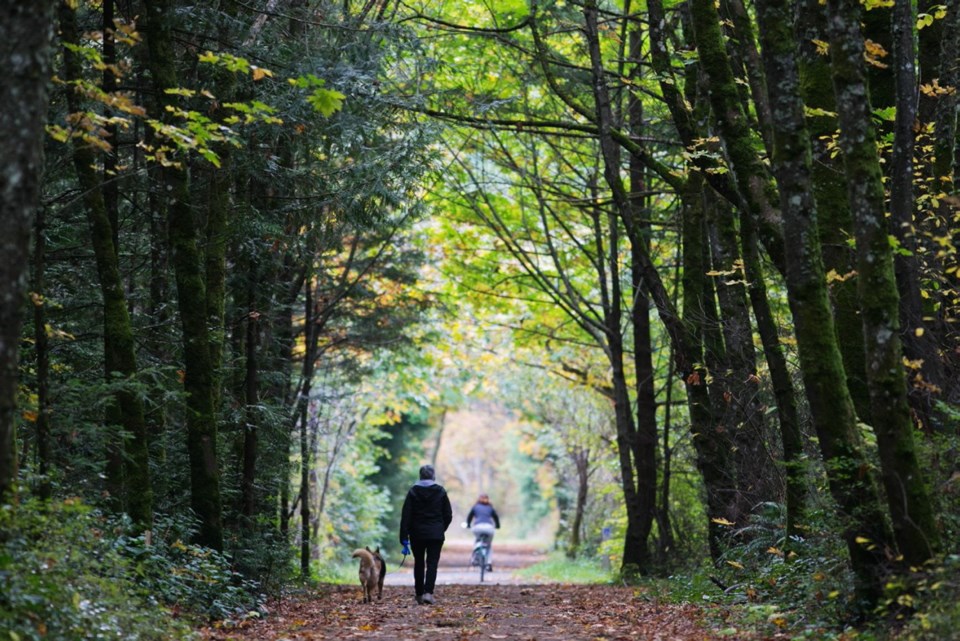Are Victoria’s streets fit for everyone? Not quite yet.
To get around our cities, people have to have a diversity of transportation choices. Depending on the day, the purpose or the company, it might be faster, cheaper or important to make a trip by car, by bus, by bike or by foot.
Cities are having to make bold moves to ensure that citizens from all walks of life are able to have such options. In cities around the world, we see examples including rapid-transit investments, construction of pedestrian and cycling bridges, and congestion charging. These are essential moves to support healthy and sustainable travel, given growing populations, congestion and environmental concerns.
Victoria has made a bold move investing in an “all ages and abilities” bicycle network. Blessed with the climate, topography and land use to facilitate cycling, the city has among the highest rates of cycling in the country. With its investment in a network of routes separated from traffic, and connecting people to the places they need to get to live, work, learn and play, Victoria is aiming to be the greatest small city for cycling.
We have heard many voices and stories in the media, from business owners and from advocates. As a population-health researcher, I generate evidence that reflects the perspectives of citizens on the whole.
What we learned in our survey of Victoria-area residents is that there is widespread support for improved bike infrastructure — whether they cycle or not. Of nearly 850 people who responded to our randomized sample telephone survey, a resounding 86 per cent thought that building more cycling infrastructure is good for Victoria.
To be sure, as with all changes to the city’s fabric, some people might be more affected than others. Some voices have been loud. Some members of the business community have expressed their concerns in the media.
What we can learn from studies of bike lanes in Toronto is that more shoppers arrive by foot and bicycle than shop owners expected. Also, shoppers who arrive by foot or bicycle make more visits and spend more money than those who arrive by car. In sum, studies from urban centres, including Los Angeles and Seattle, suggest that bike lanes might, in fact, have positive impacts for many local businesses.
Other voices also have to be heard — those of your neighbours. Our survey found that people want more choices for how to get around. In particular, we heard that three out of five people in Victoria want to bike more than they currently do. What stopped them? The No. 1 factor affecting their decisions to bike was access to a connected network of bicycle infrastructure.
Fortunately, we can solve this. Infrastructure is something cities can change, unlike hills or the weather.
Evidence from elsewhere has shown two main things: First, that more infrastructure leads to more people getting around their city by bike, and second, that better infrastructure is needed to support all ages, abilities and genders in bicycling. Specifically, women, children, older adults and those new to bicycling all emphasize that separation from motor vehicles is essential to making them feel safe and comfortable getting around on two wheels.
In the capital region, the Lochside Trail and Galloping Goose are great examples. For widespread uptake of cycling, by all types of people for all types of trips, we have to ensure there is a network of protected infrastructure to reach shops, community centres, friends and family.
The investment in the all ages and abilities network is essential to connect people to the places they have to go — including right to the doors of the businesses they want to shop at. With this, people can have choices in how they get around and engage in their communities. With this, we can hope to create healthy cities and citizens, now and into the future.
Meghan Winters is an associate professor in the Faculty of Health Sciences at Simon Fraser University. The survey was funded by the Canadian Institutes of Health Research. Details of the survey are at sfu.ca/ibims.html.



